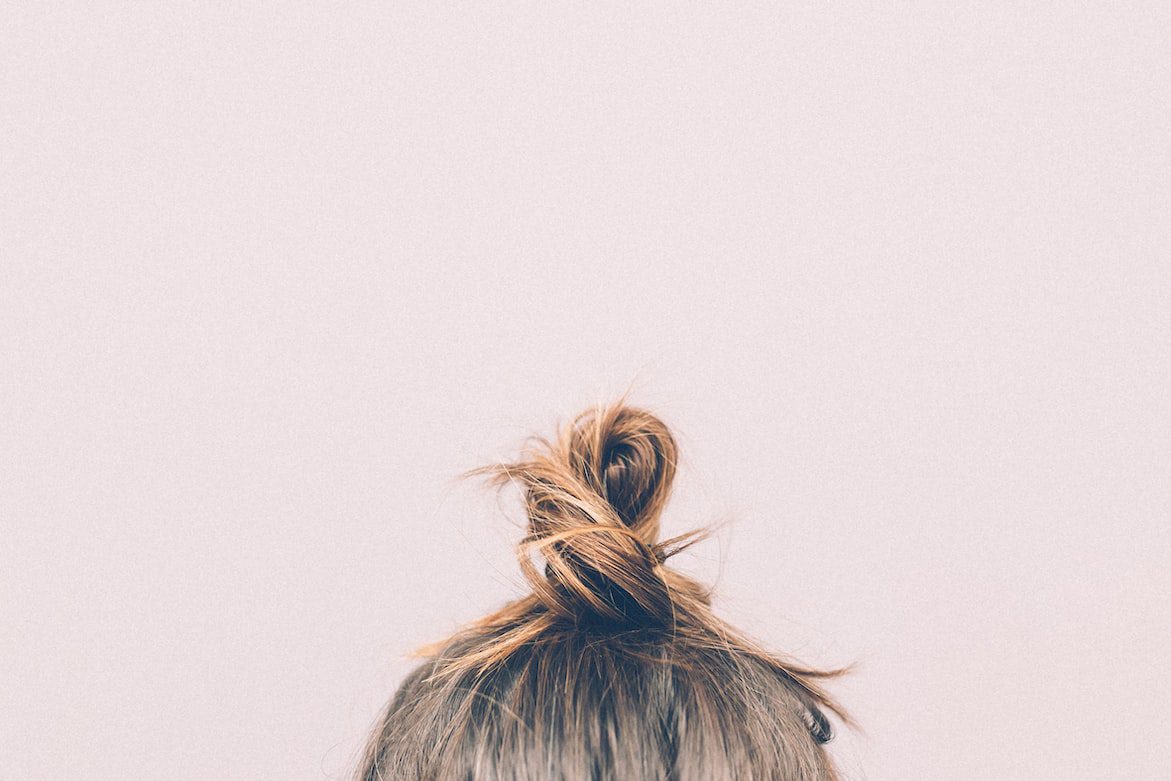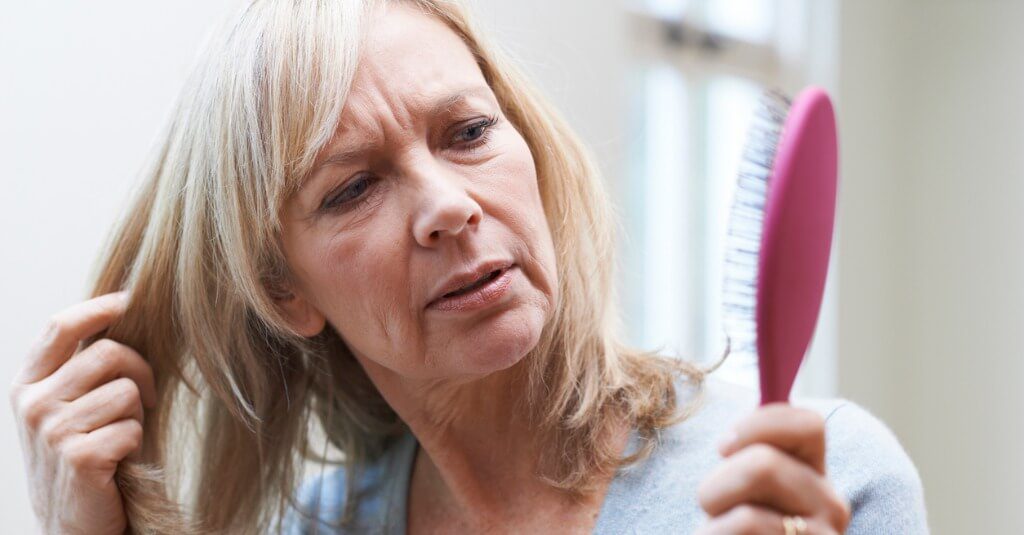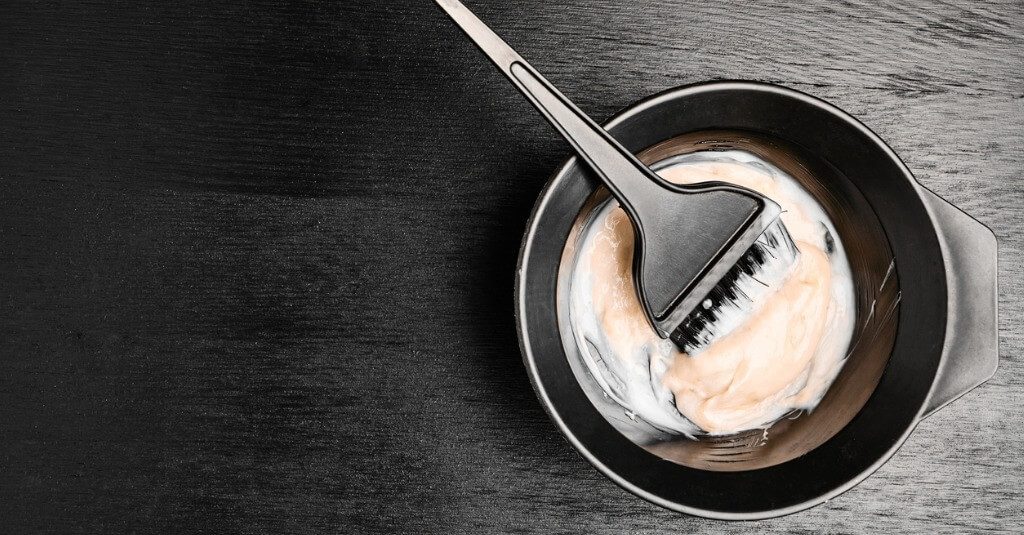The Best Hair Regeneration Techniques

Noticing the early signs of hair thinning may be shocking for some. The likelihood of thinning hair increases with age and affects millions of Americans every year. Fortunately, there are an array of hair regeneration techniques you can use to help prevent further hair loss and promote hair regrowth.
Four Early Signs of Thinning Hair
Did you know we all, on average, lose approximately 100 hairs each day? Some may come out after brushing hair, while others may fall loose onto clothing throughout the day. Such regular hair loss is expected, and we all have what we know is a “baseline” for everyday, normal hair loss. You know what to expect, and if you notice an abnormal increase or deviation from that baseline, you know there may be a deeper issue.
#1 – Extra Hair in Your Brush or Drain
Keeping in mind your baseline hair loss, it is important to monitor for excess hair in your brush or drain, as this can be one of the early signs of hair thinning. If you notice this issue persisting, you should consider taking the necessary steps to promote healthy hair growth, reduce existing hair damage, and hair regrowth methods identified below.
#2 – Patches of Hair Loss
This may be a slower development that eventually leads to a bald spot, but can also happen over a day or two. If you experience a sudden loss of hair in patches, be mindful of any other symptoms you experience, as it could be a sign of infection.
#3 – Thinning Facial Hair
Hair thinning does not just occur on the scalp. Another early sign of hair thinning is when facial hair begins to thin out as well. Therefore, it is important to remain mindful of your eyebrow, eyelash, and beard growth.
#4 – Receding Hairlines & Limp Ponies
Another one of the early signs of hair thinning is a receding hairline. This does not occur overnight, but sometimes it feels like it! If you have long hair, you may notice that your ponytails are not as thick and luscious as they once were.
Hair Regeneration Options
If you notice any of these symptoms, you are not alone! The American Hair Loss Association reported over 65% of males to suffer from hair loss by the age of 35. Fortunately, there are plenty of viable options to help regrow and restore your hair.
Home Remedies
Before diving into medical treatments, there are several different home remedy options you may want to explore, and none require traveling further than your kitchen!
When used before and after washing your hair, coconut oil has been effective in reducing protein loss within the hair.
Aloe vera is also a common home remedy for hair loss. It is used to soothe the scalp, condition the hair, and help eliminate dandruff.
Rosemary oil is also a great option, given its anti-inflammatory properties.
Over-the-Counter (OTC) Solutions
You’ll find no shortage of OTC solutions that claim to boost hair regeneration. Unfortunately, not all of them are effective, but we did gather a list of the most reputable.
First is minoxidil, or the ingredient found in popular products like Rogaine. It can be effective but does come with a few caveats like, you have to use it indefinitely or the effects will begin to wear off. There are also warnings for skin irritation and hair growth in unwanted areas.
Second, are collagen-based products. There is an array of them available, but if you look for shampoos, conditioners, or other hair care products that include collagen, it will help replenish hair proteins. The true effectiveness of this solution is yet to be determined.
Finally, there are vitamin supplements. It is important to note that a healthy diet and supplements can promote healthy hair growth and potentially help with hair regeneration, though should not be considered a “cure” for hair loss. A few suggested vitamin supplements that promote healthy hair are biotin, iron, zinc, vitamin B & C, flaxseed oil, and tocotrienol.
Low-Level Laser Therapy (LLLT)
Unlike some of the other treatments listed, LLLT has been backed by science as a safe and effective method for hair regeneration in both men and women. There are currently several LLLT devices available that have been cleared by the FDA for the treatment of male and female pattern hair loss.
Bring On the Doctors
As a last-ditch effort, some may seek the advice of their doctors. This may be seeking out prescription medications like Finasteride, while others take more extreme measures like hair transplants.
Determining what treatment option is best for you depends primarily on your personal preference, as well as how advanced the hair loss is, making spotting the early signs of hair thinning even more important.



